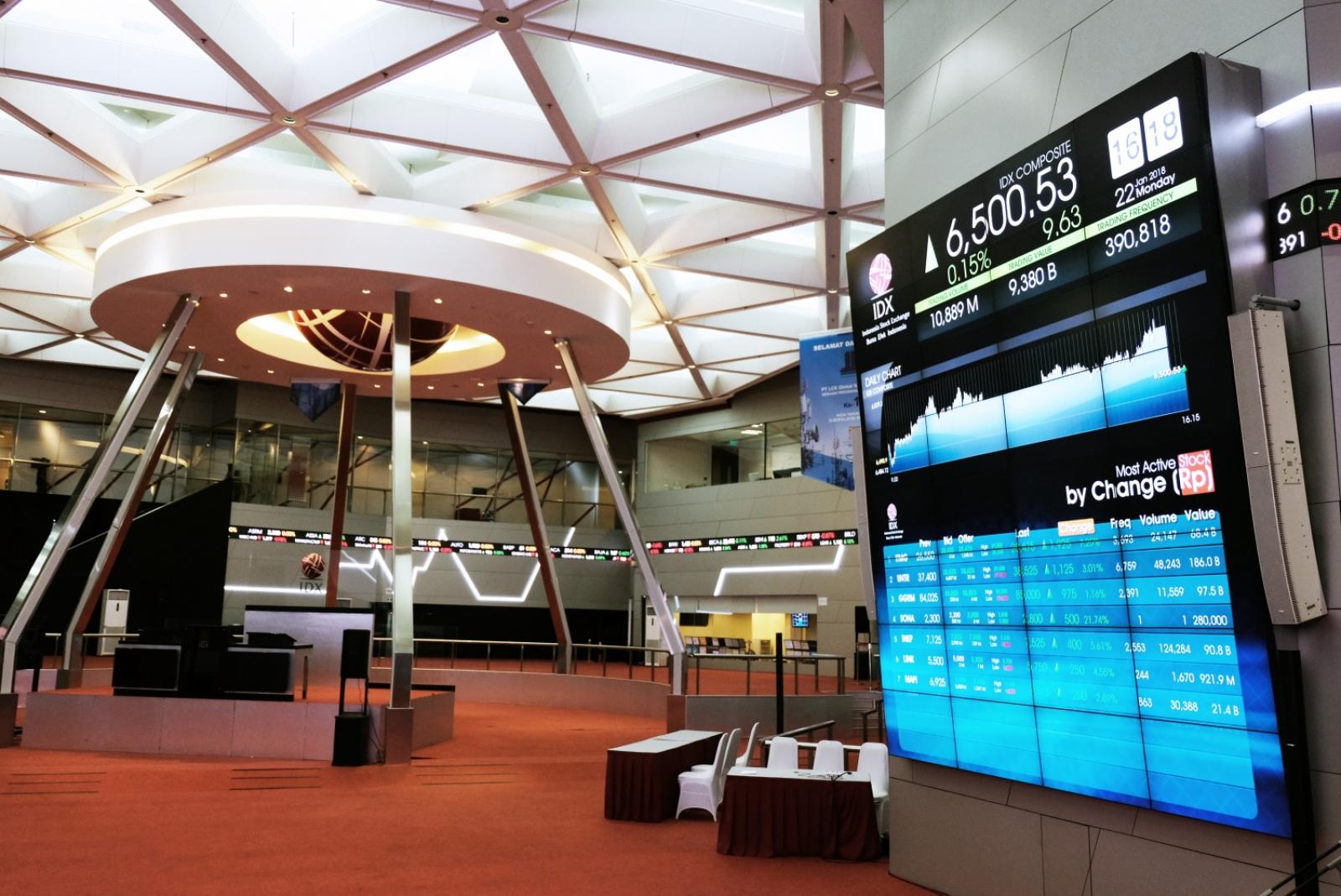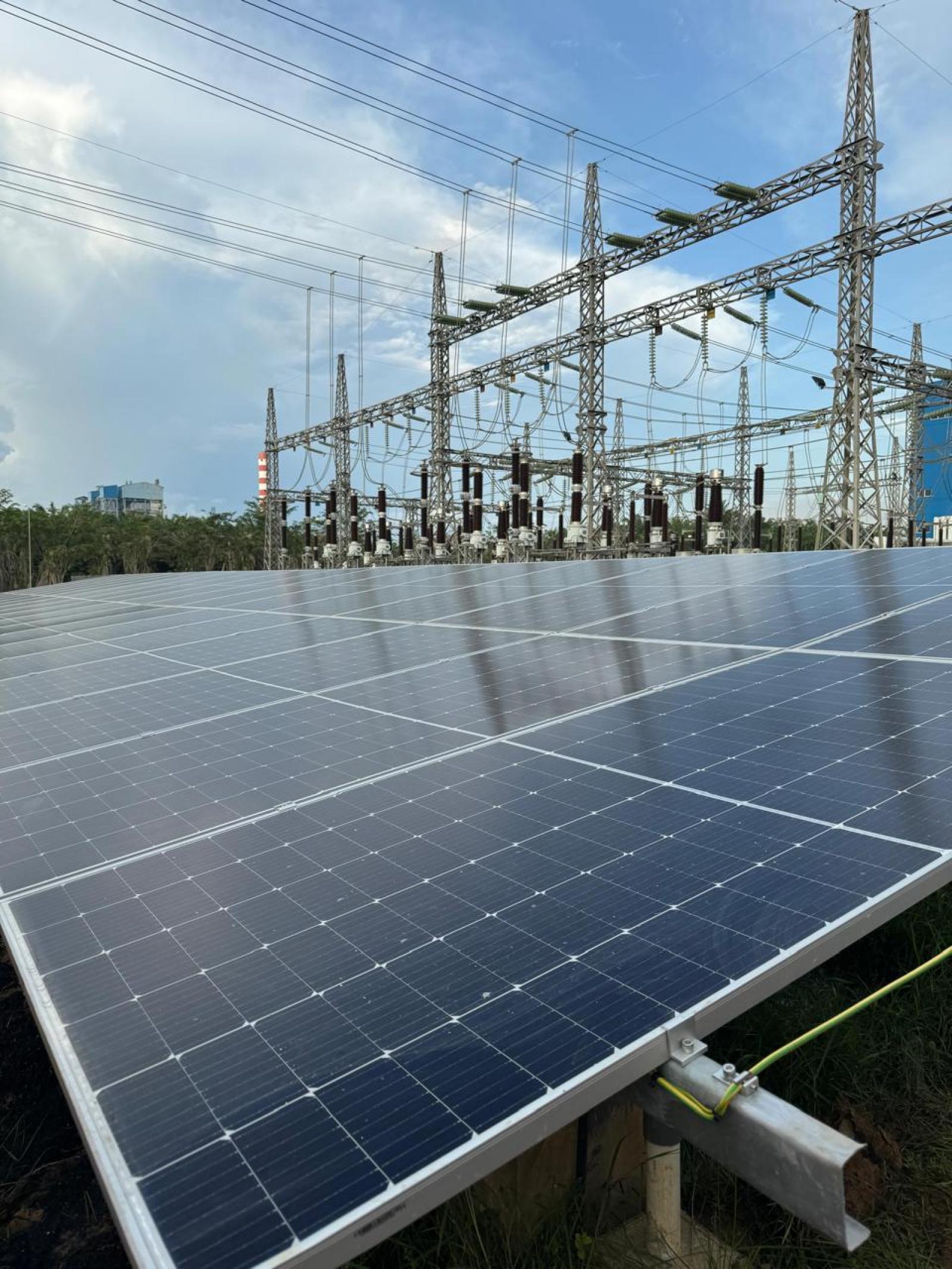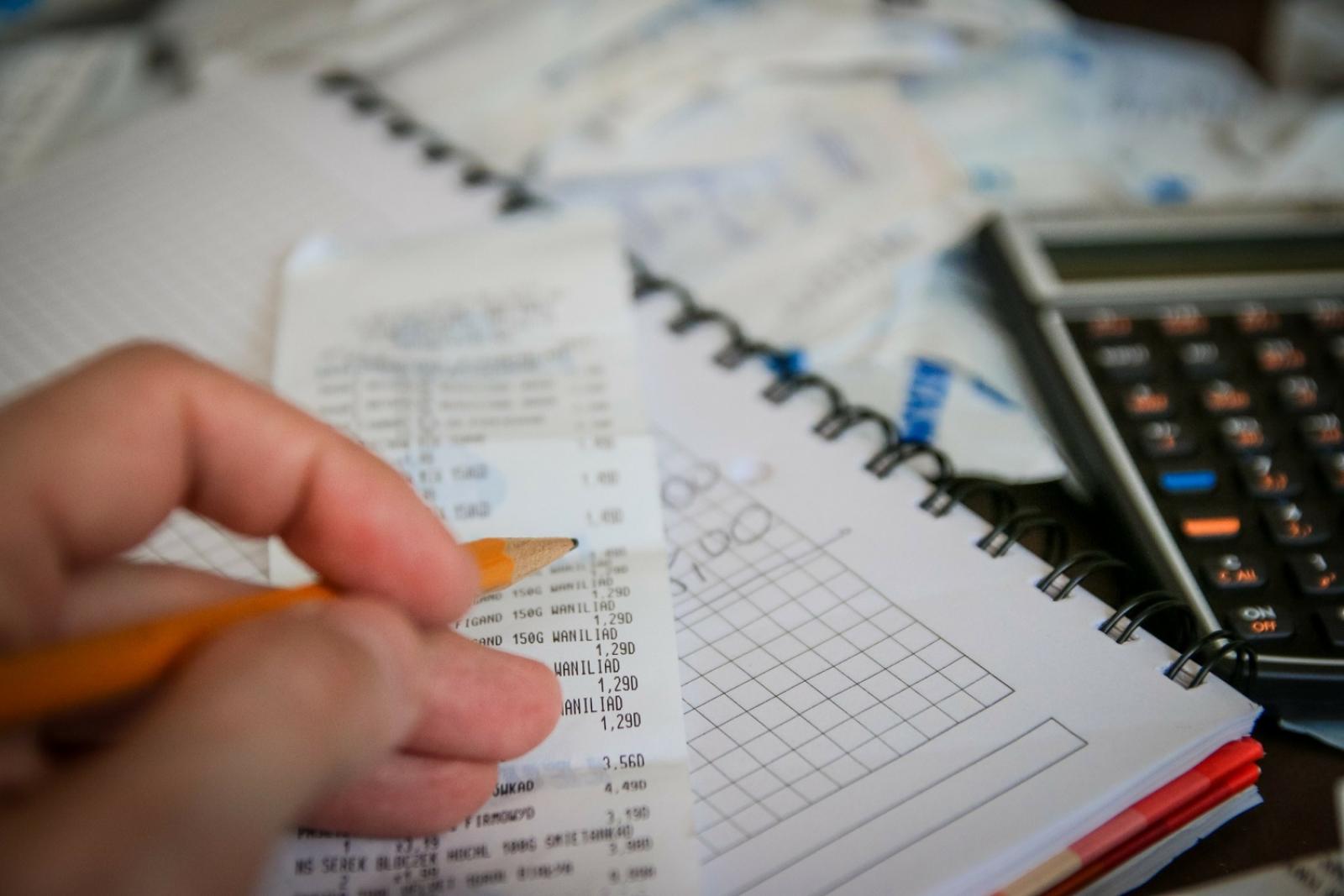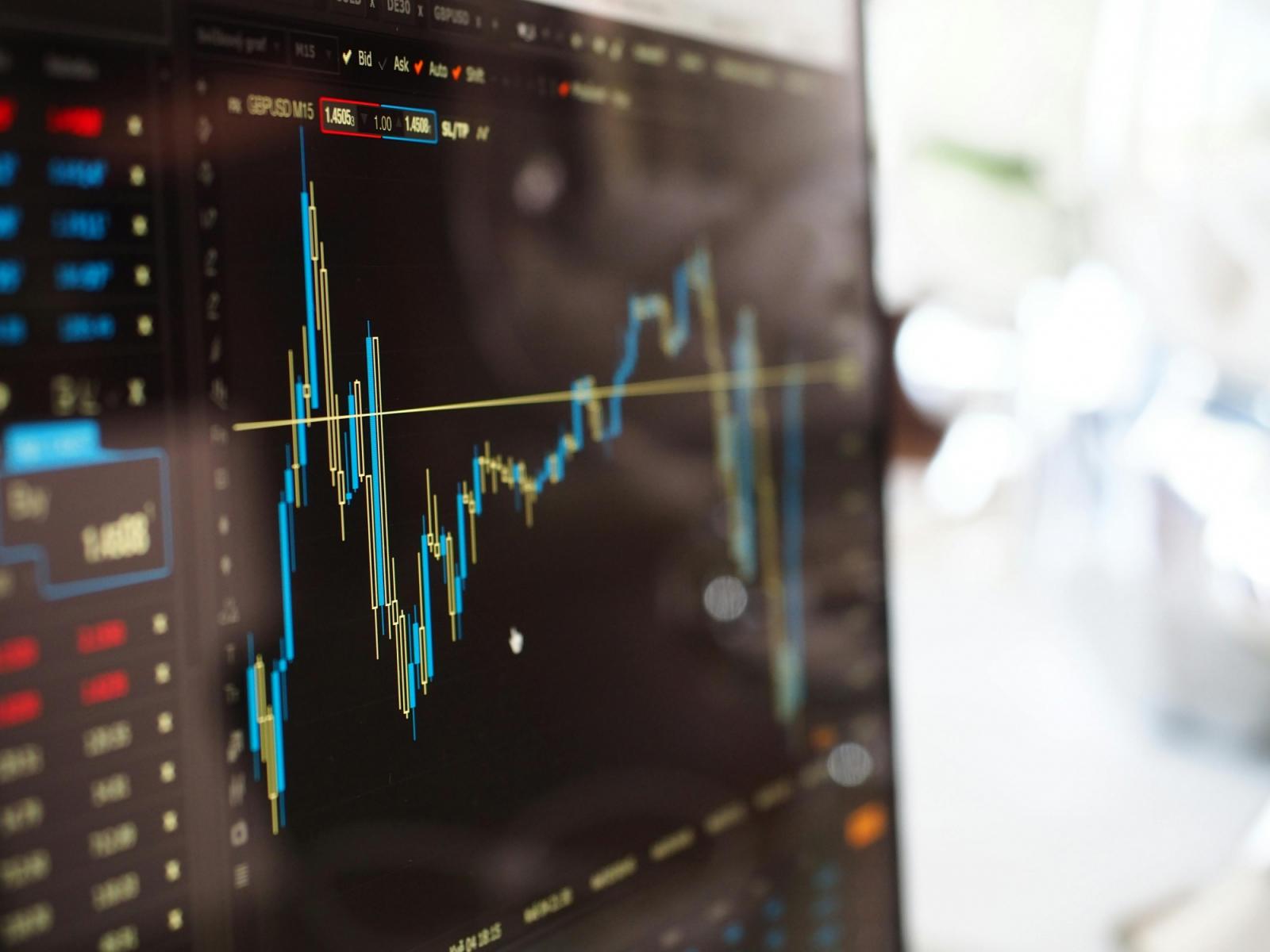
A highly anticipated report released by the Labor Department on Wednesday showed consumer prices in the U.S. increased in line with estimates in the month of July.
The Labor Department said its consumer price index rose by 0.2 percent in July after edging down by 0.1 percent in June. The modest increase by consumer prices matched expectations.
The uptick by consumer prices came as prices for shelter climbed by 0.4 percent, accounting for nearly 90 percent of the monthly increase by the headline index.
Energy prices came in unchanged in July after plunging by 2.0 percent in June, while food prices rose by 0.2 percent for the second straight month.
Excluding food and energy prices, core consumer prices crept up by 0.2 percent in July after inching up by 0.1 percent in June. The uptick by core consumer prices was also in line with economist estimates.
The core consumer price growth reflected the increase in prices for shelter as well as higher prices for motor vehicle insurance, household furnishings and operations, education, recreation, and personal care.
Meanwhile, pries for used cars and trucks, medical care, airline fares, and apparel were among those that decreased over the month.
The report also said the annual rate of consumer price growth slowed slightly to 2.9 percent in July from 3.0 percent in June. Economists had expected the pace of growth to remain unchanged.
The annual rate of core consumer price growth also slipped to 3.2 percent in July from 3.3 percent in June, in line with expectations.
The year-over-year increase in consumer prices was the smallest since March 2021, while the year-over-year increase in core consumer prices was the smallest since April 2021.
July inflation data suggests the Federal Reserve remains on track to hit its 2% target, which should allow the Fed to increasingly focus on its other target of maximising US employment, said ING Chief International Economist James Knightley.
He added, A September interest rate cut is broadly expected, but the question of magnitude remains and puts the focus on the August jobs report, due 6 September.
On Tuesday, the Labor Department released a separate report showing producer prices in the U.S. crept higher in the month of July.
The Labor Department said its producer price index for final demand inched up by 0.1 percent in July after rising by 0.2 percent in June. The uptick by producer prices matched economist estimates.
At the same time, the report said the annual rate of producer price growth slowed to 2.2 percent in July from an upwardly revised 2.7 percent in June.
Economists had expected the annual rate of producer price growth to decelerate to 2.3 percent from the 2.6 percent originally reported for the previous month.





